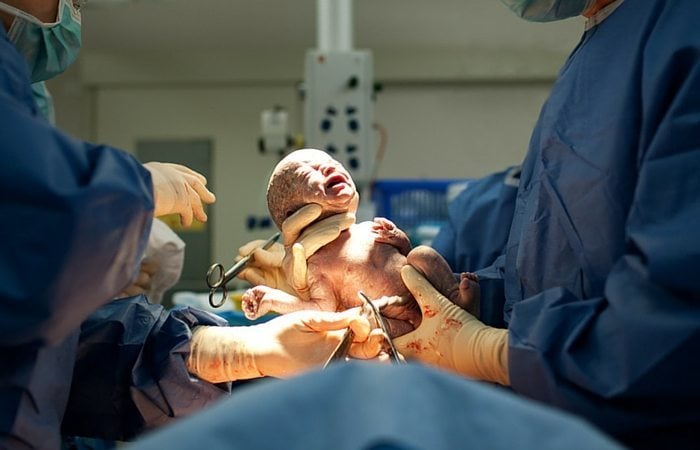Last updated on July 22nd, 2024 at 07:12 pm
I recently read an article written by a woman documenting her first pregnancy, that ended in an emergency cesarean section. The tale was not particularly unique – more than 30% of pregnant women in America give birth via c-section, far more than the number who successfully have home births (what she hoped to have). The story was, however, upsetting – but not for the reasons the author intended. The very last sentence of the piece was a quite pitiful lament by the new mother about the loss of a “beautiful birth story.” It was clear after reading her commentary that she expected readers to feel sorry for her that she didn’t get to have the water birth that she planned, and that complications meant too many medical interventions. I did feel bad that she was unable to have the birth she envisioned, but mostly I was honestly more mad than sad! She had clearly had a very rough labor and delivery, but logically had been a mom for at least some time once the article was written (since it is unlikely she wrote it from her hospital bed), and still didn’t seem to “get it.”
Is having a c-section easy, or ideal? Heck, no! Would it be great if everyone could give birth in the way that they want, and to have everything go according to the best laid plans? Sure! Is having a natural, vaginal birth the end all, be all, only way? Ummm, NO!
So, what is the scoop on what c-sections are really like?
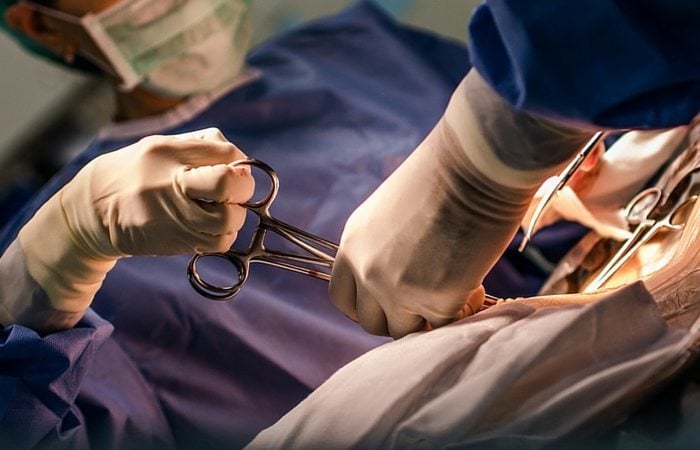
The Bad
Chances are, with all that we now know medically and otherwise, you may not choose to have a c-section simply to select your baby’s birthday. In my case, uncooperative twins (breech), large fibroids, and ultimately preeclampsia, meant delivery via c-section was the best option. Fetal distress, placenta previa, failure to progress, a too large baby – there are quite a few reasons that a c-section may be in order! It is scary having a baby (or babies), and even more so when complications arise for mother or child. Plus, after having a c-section, the recovery may be a little more difficult, too. Your hospital stay will be longer, breastfeeding attempts or even just holding your newborn may be delayed, and the incision just plain hurts. The actual surgery is no walk in the park, either. I remember shaking uncontrollably (from the temperature in the OR, the epidural, and fear), worrying that they had forgotten to bring my husband in from the hall (they didn’t), and that my doctor’s definition of a “slight pulling sensation” was way different than mine. My two were immediately whisked to the NICU (six weeks early) – and that part wasn’t so great either – I was still on magnesium, pretty out of it after delivery, and didn’t actually get to see by babies (other than on video taken by my awesome hubby) until two days after they were born.
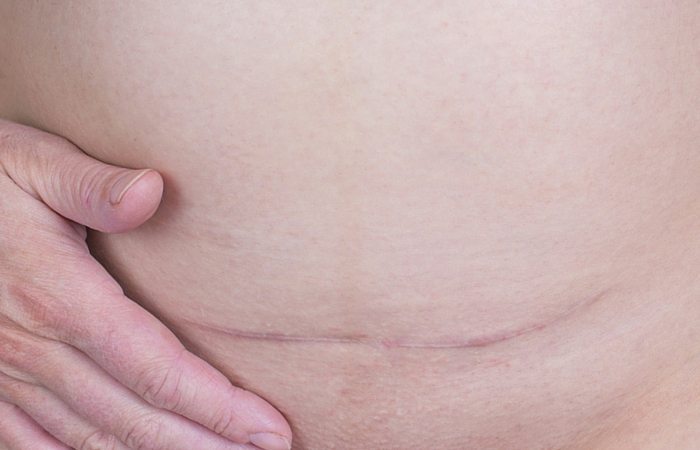
The Ugly
I thought that since my babies would be born via an abdominal incision, that there would be some things I would escape by virtue of not having a vaginal birth – mainly, bleeding. Boy, was I wrong. There is still blood when you have a c-section, lots of it and for seemingly endless weeks (up to six, but those were sloooow weeks). I also thought my “addiction” to stool softeners would end once the babies were born. Don’t stop them! Your first cough, sneeze, and even laugh immediately after a C-section can be torturous, but that first bowel movement (required before leaving) is even more agonizing. The actual incision is pretty gross, too (it just seems very unnatural to have staples in your belly) – but be assured that the inevitable scar does fade and I don’t even notice it these days (mostly because I can’t see it hidden under my “muffin top”). My best advice is to stay ahead of the pain (take those meds), make use of a pillow pressed against the incision anytime you stand, cough or walk, and feel free to take home those pretty darn convenient and” super sexy” mesh panties you are given after surgery.
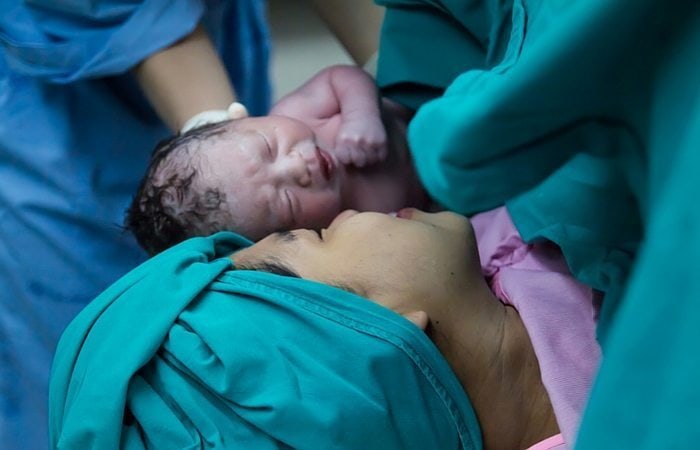
The Good
There is definitely a lot of bad and too much ugly with c-sections, BUT, thankfully, the good is really, really GOOD. What the new mom in that article never seemed to realize is that the birth story doesn’t really matter. Sure, a picture of baby taken minutes after birth is lovely on Instagram, and a tale of a peaceful, idyllic delivery is excellent blog fodder; but what really matters most is that baby was delivered in the safest way possible for mother and child. My inquisitive 7 year olds have asked a few times about my pregnancy with them, and their birth. I’ve told them about my daughter being bigger and taking up all the room in my belly. I shared the story of how the nurses tried to get their dad to stand and look on the other side of the curtain, after which he almost fainted. I told them about the princess crown my daughter wore in her first week (to hide the IV), and how my son instantly improved when they put his sister in the same incubator. They laugh at pictures of me while pregnant, and think it is funny that I craved things they love that I now hate again. And despite all of the pain, and gross stuff, and not exactly ideal birth circumstances– I have also told them that I would do it all over again, because they are worth it. That’s the absolute best thing about c-sections – or at least my c-section – it’s what finally made me “mom.”

Shellie Fossick is “mom” to 9 year old boy/girl twins. She is also the Development Director for a non-profit organization that provides high-quality early care and education for more than 400 low-income children in Middle Tennessee. She lives in Nashville, TN with her husband and two children.
Related Articles
- C-Section Prep Tips
- A Birth, Is A Birth, Is A Birth: Vaginal vs C-Section
- Family Centered C-Sections
Are You a New Twin Parent?
Check out Natalie Diaz’s book:
“What To Do When You’re Having Two
The Twin Survival Guide From Pregnancy Through the First Year”
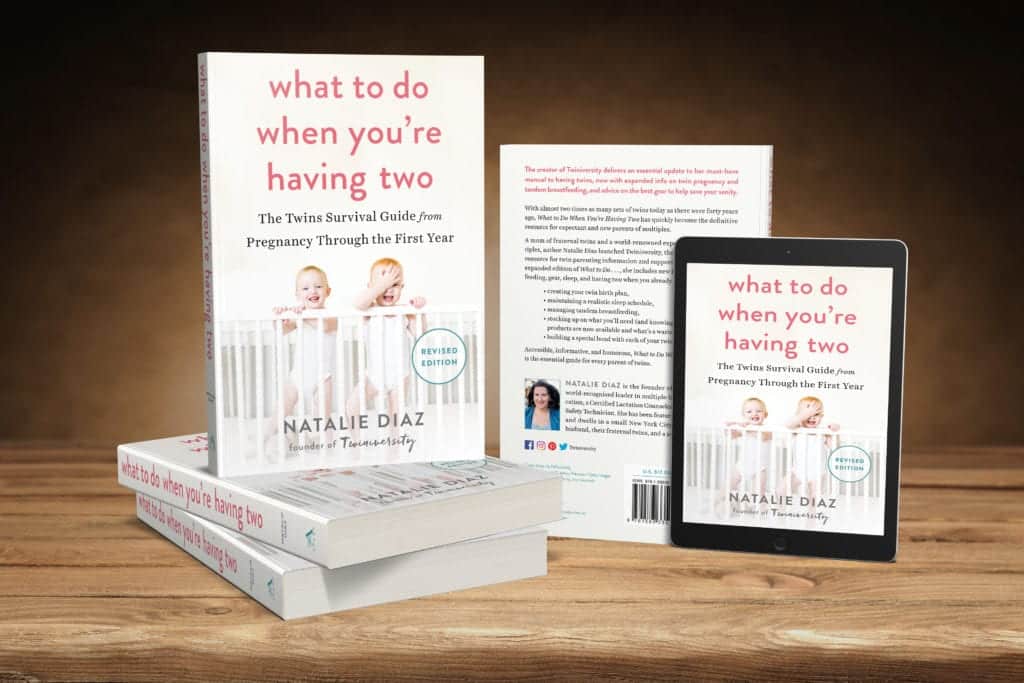
In What to Do When You’re Having Two: The Twins Survival Guide from Pregnancy Through the First Year, national twins guru and founder of Twiniversity (and twin mom herself!) Natalie Diaz provides a no-holds-barred resource about life with twins, from pregnancy and birth all the way through your duo’s first year of life.
Accessible and informative, What to Do When You’re Having Two
is the must-have manual for all parents of twins.

Have you taken your expecting twins class yet? We offer a great class on demand so you can take it on your own schedule! There are so many video modules covering everything from your twins’ baby registry to your first week at home with twins! Sign up today to get started before your twins arrive.
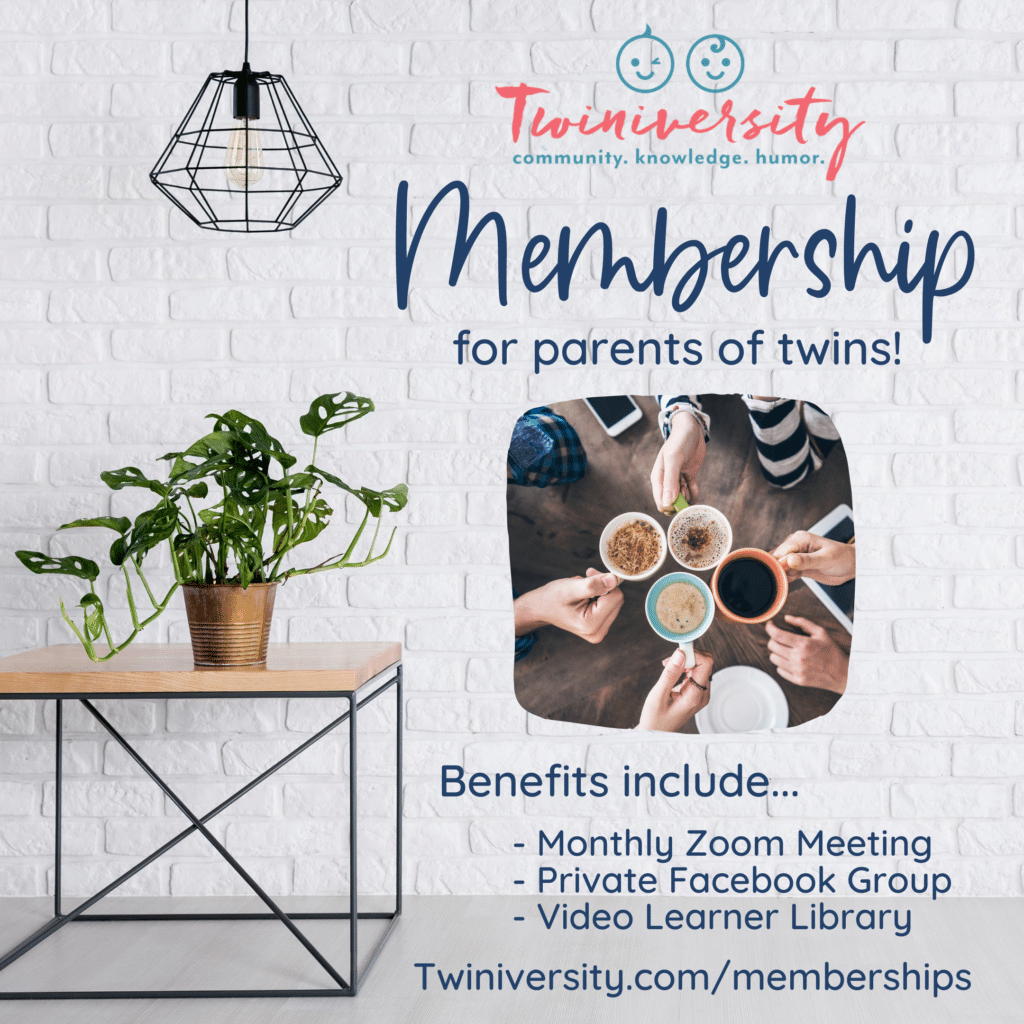
Need some twin parent friends? Get the support you need with a Twiniversity Membership. Benefits include a monthly twin parent club meeting on Zoom, access to a private Facebook group just for twin parents, and a video library of twin parenting lessons. Visit Twiniversity.com/membership to join today!
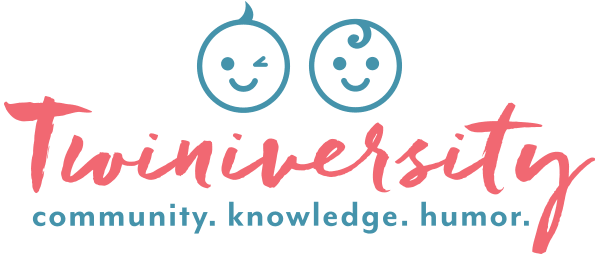
Twiniversity is the #1 source for parents of
multiples, and we are growing faster every day!
Find us all over the web:
Or contact us by email at community@twiniversity.com

